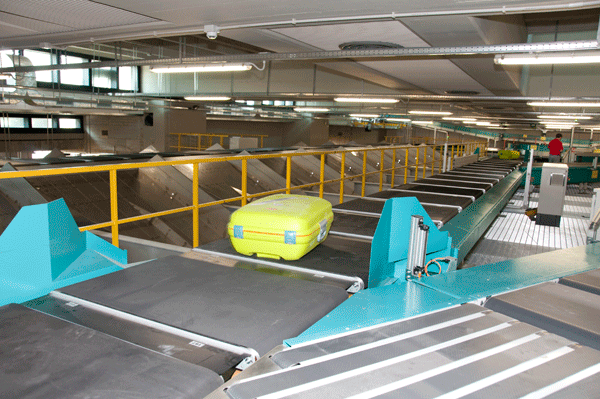Cyber Command Pursues ‘Defensible’ IT Architecture
Gen. Keith Alexander has outlined a series of next steps to be pursued by the six-month-old U.S. Cyber Command, including development of a “defensible architecture” that’s better suited for the latest generation of cyber threats.
Alexander is director of the National Security Agency and commander of U.S. Cyber Command, which operates out of Fort Meade in Maryland and reports to U.S. Strategic Command within the Department of Defense. Last year, he painted a dire picture of the threats to DoD networks, revealing they’re subject to 250,000 probes every hour. Last week, in testimony to the House Armed Services Committee, he reiterated the urgency of securing DoD networks.
The threats continue to mature and, while no major attack has happened so far, the United States must be prepared, Alexander said. “We are collectively vulnerable to an array of threats ranging from network instability to criminal and terrorist activities to state-sponsored capabilities and actions that are progressing from exploitation to disruption to destruction,” he said.
U.S. Cyber Command became operational in October. Alexander outlined several challenges facing his organization, including the need to prevent a “cyber 9/11” type of attack on critical infrastructure.
Alexander identified five strategic priorities to be pursued by U.S. Cyber Command going forward. They are: treat cyberspace as a “domain” within DoD; employ active cyber defenses and other new defense approaches; team with other federal agencies and the private sector on a national cybersecurity strategy; strengthen relationships with international partners; and recruit a cybersecurity workforce.
Cyber Command plans to develop, in collaboration with other DoD agencies, a hardened IT architecture that uses cloud computing and thin-client networking to move data and applications off of desktop PCs and into a secure, centralized environment.
Benefits of the new architecture include “wider availability of applications and data combined with tighter control over accesses and vulnerabilities,” Alexander said. Cyber Command will build controls and tools into the cloud environment to ensure that users can only access data required for their jobs and to quickly detect unauthorized access.
Information Technology


